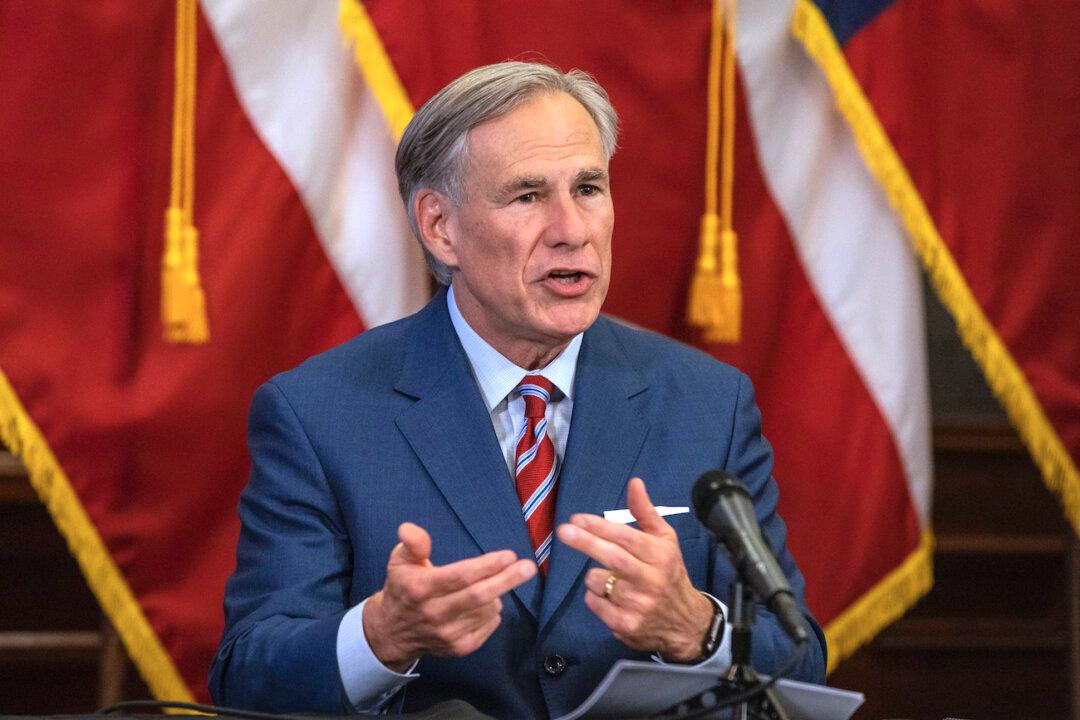Texas Gov. Gregg Abbott gave an update Wednesday on the plan to restore power to the many residents still without electricity or safe drinking water after a brutal cold snap wreaked havoc on the Lone Star state’s power grid and caught utility providers flat-footed.
Power outages in Texas dropped below a half-million on Thursday morning for the first time in four days, down from about 3 million the day before. Around 7 million Texans are still under an advisory to boil drinking water for safety following days of record-low temperatures that damaged infrastructure and froze pipes.





